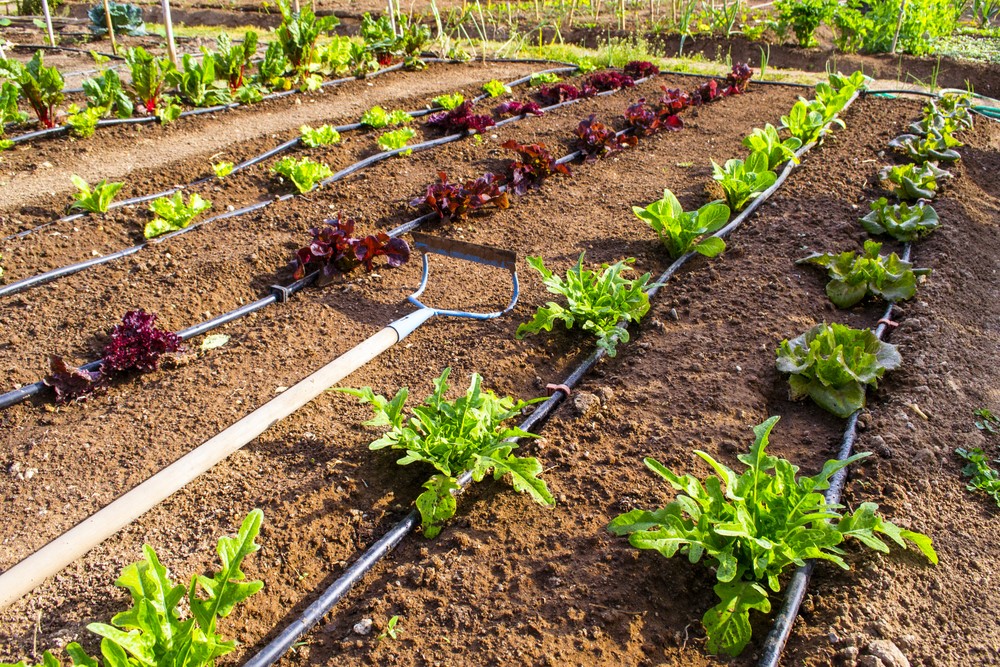Water-saving irrigation is by far one of the most water-saving irrigation technologies for farmland irrigation. However, because of its high price, it was once called “expensive technology” and was only used in high value-added cash crops. In recent years, with the widespread application of drip irrigation belts, “expensive technology” is no longer expensive and can be applied to ordinary field crops. Here is a brief introduction to the technology of how to arrange and construct drip irrigation in greenhouses, drip irrigation of fruit trees, and drip irrigation of cotton. Other wide-row crops can be implemented by reference.
Advantages and disadvantages of water-saving irrigation technology
- High effective water utilization rate Under drip irrigation conditions, wetting water on part of the soil surface can effectively reduce the ineffective evaporation of soil moisture. At the same time, because drip irrigation only moistens the soil near the roots of the crop, the soil moisture content in other areas is low, so weed growth can be prevented. The drip irrigation system does not produce surface runoff, and it is easy to grasp the precise application depth, which is very water-saving.
- After the environment humidity is low-drip irrigation, the soil root system has good permeability conditions. The fertilizer injected into the water can provide sufficient water and nutrients, so that the soil moisture is in a stable and low suction state that can meet the requirements of the crop, and the ground evaporates in the irrigation area. The amount is also small, so that the humidity in the protected area can be effectively controlled, the frequency of crop pests and diseases in the protected area is greatly reduced, and the pesticide application amount is also reduced.
- Improving the quality of crop products Because drip irrigation can supply water and fertilizer in an appropriate amount in time, it can increase and improve the quality of agricultural products while increasing the yield of crops, so that the commodity rate of agricultural products in protected areas is greatly increased, and economic benefits are high.
- Drip irrigation has strong adaptability to terrain and soil. Because the dripper can work in a larger working pressure range, and the discharge of the dripper is uniform, drip irrigation is suitable for undulating terrain and different types of soil. At the same time, drip irrigation can also reduce weeding and weeding without causing soil consolidation on the ground.

